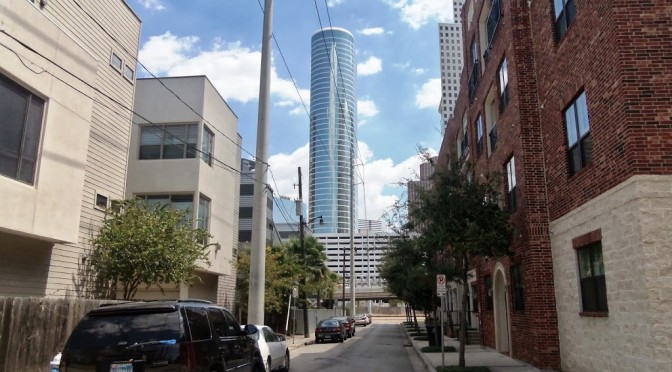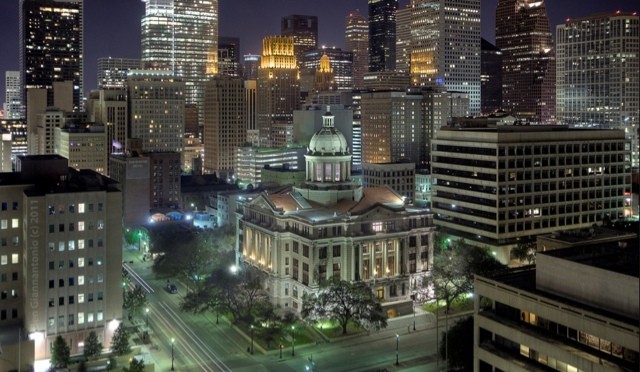
When most Houstonians leave the house to traverse the city, the overwhelming mode of transportation is by car. It shouldn't surprise anyone that most people in the Houston metropolitan area have never even taken public transit. If they have, it was probably in a limited capacity. Houston is the definition of a …
Continue Reading ›› 
If you've been to Houston recently (and took some time to exit the freeways), you probably could tell one thing pretty quickly... the city is in the throws of a rapid transformation. Much of this building boom is taking place in the form of new condominiums and mid-rise structures, which will likely increase after …
Continue Reading ›› 
For once, Houston wins. At least in the mind of HuffPost Travel writer David Landsel. He
ranked Austin as the number one most overrated travel destination, and instead recommended readers mosey on down to the Big H...
"
1 Austin Drum roll, please, for this legend in its own mind, … Continue Reading ››
A Voice for the Rest of Texas


